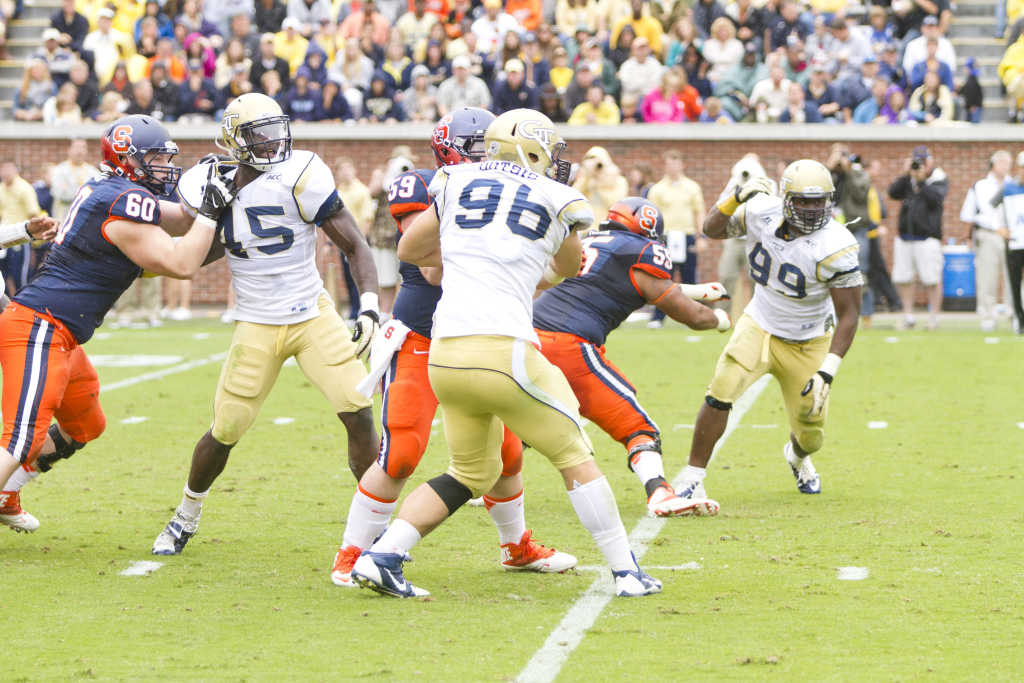
There is always a valid concern that a movie remake, however well-intentioned, might ruin the reputation of its beloved original.
This month, “Ghostbusters,” the 2016 remake of the 1984 original, takes aim at breaking down gender barriers and pushes the public to reexamine what they view as “normal” in the movie industry. Led by the star-studded cast of Melissa McCarthy (“Spy”), Kate McKinnon (“Sisters”), Kristen Wiig (“Bridesmaids”) and Leslie Jones (“Trainwreck”), “Ghostbusters” seems like a two-hour “Saturday Night Live” skit that falls flat at some points but is filled with enough well-placed jokes, cameos and social commentary to make it a good movie.
“Ghostbusters” is by no means a re-mastered version of the original. Gone is the blunt and borderline apathetic delivery of lines that has come to define Bill Murray, replaced with the high-energy and fast-paced rattling off of punch lines that are characteristic of McCarthy’s movies. However, while the overall feel of the remake is much different from the original, it stays true to, and more importantly is respectful of, its origins.
The plot is largely the same as the classic and the script is peppered with references to the original that will make any “Ghostbusters” fan laugh out loud. The cast brings to life a 21st century version of the “ultra-nerd” Ghostbuster team, using language meant to be incomprehensible scientific jargon, but to the average Tech student these supposedly intelligent barrages end up being hilariously scientifically incorrect. For instance, isotope radiation
has no smell.
Leslie Jones differs from the other three Ghostbusters members in every way, as was the intention for the character of Ernie Hudson in the original. However, as the movie progresses, there is an ever-growing sense that the film is supported by barraging the audience with familiar faces and riding on the love for the original instead of being a gem of its own. An annoying amount of suspension of disbelief is required to become engrossed in the plot, and the movie seems disjointed, leaving the audience to endure the time between each punch line. Even so, the jokes are still funny, and it is great to see such renowned comedians working together. At the end of the day, however, it is simply an average-quality movie.
Where “Ghostbusters” earns back its merit is in its social commentary. The movie is very self-conscious of the significance of the casting, and pulls no punches. Director Paul Feig purposefully portrays all male characters as incompetent, with Chris Hemsworth leading the pack as a “beautiful idiot” secretary.
The Ghostbusters team perfectly depicts the difficulty of being female in America. Despite their success, they are discredited and told to stand down from their position, often times by the very people who caused the problem in the first place. The movie makes low blows in a more literal way where the villain is ultimately defeated with a well-aimed shot to his manhood. It is an unapologetically feminist movie, but it is nothing more, mercifully avoiding becoming anti-men; it is simply not anti-women.
“Ghostbusters” is not memorable, but its pointed humor and star-studded cast make for an enjoyable experience to say the least. It was an homage with a mission, and on that front, it succeeded.









